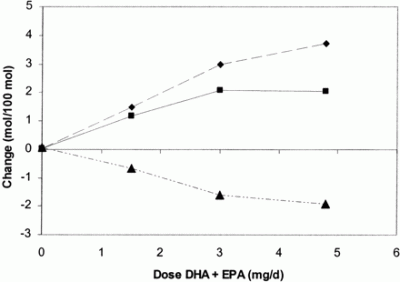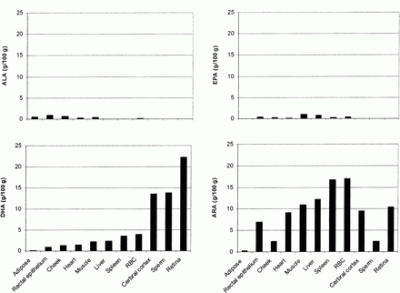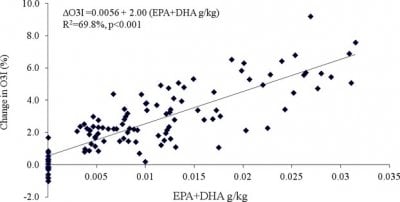IntelligentLabs
New Member
Hi Guys,
I'm looking for some help with a blog post I've written. I realised quite quickly that I'd taken on quite an ambitious project, but...
I have tried to collate all the scientific studies I could find to try and find out what dosage of omega 3 is really beneficial for different health issues. So far there seems to nothing out there that has covered this topic comprehensively.
It should be quite simple, but one of the problems with the vast majority of the research into omega supplementation so far is that scientists seem to place little value on comparing different dosages. They seem to just choose a random amount of fish oil and if it provides a benefit, then omega 3 is concluded to be beneficial and if it doesn't then omega 3 is concluded to not be helpful.
There is virtually no testing of different dosages. So I've tried to go through the research to build a picture of the types of dosages needed for different health effects.
The post is long (over 70 references) and I appreciate peoples' time is short, but I'm looking for some feedback to help me make the article as good as it can be. Is it understandable, are bit's too complicated, is there research out there that I've missed etc.
https://www.intelligentlabs.org/fish-oil-dosage-much-omega-3-take/
Any help is greatly appreciated.
regards,
Andy
I'm looking for some help with a blog post I've written. I realised quite quickly that I'd taken on quite an ambitious project, but...
I have tried to collate all the scientific studies I could find to try and find out what dosage of omega 3 is really beneficial for different health issues. So far there seems to nothing out there that has covered this topic comprehensively.
It should be quite simple, but one of the problems with the vast majority of the research into omega supplementation so far is that scientists seem to place little value on comparing different dosages. They seem to just choose a random amount of fish oil and if it provides a benefit, then omega 3 is concluded to be beneficial and if it doesn't then omega 3 is concluded to not be helpful.
There is virtually no testing of different dosages. So I've tried to go through the research to build a picture of the types of dosages needed for different health effects.
The post is long (over 70 references) and I appreciate peoples' time is short, but I'm looking for some feedback to help me make the article as good as it can be. Is it understandable, are bit's too complicated, is there research out there that I've missed etc.
https://www.intelligentlabs.org/fish-oil-dosage-much-omega-3-take/
Any help is greatly appreciated.
regards,
Andy



















